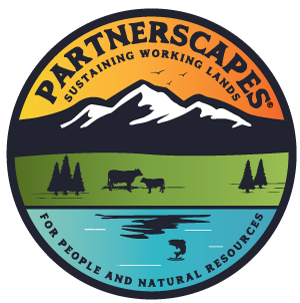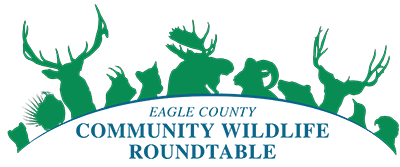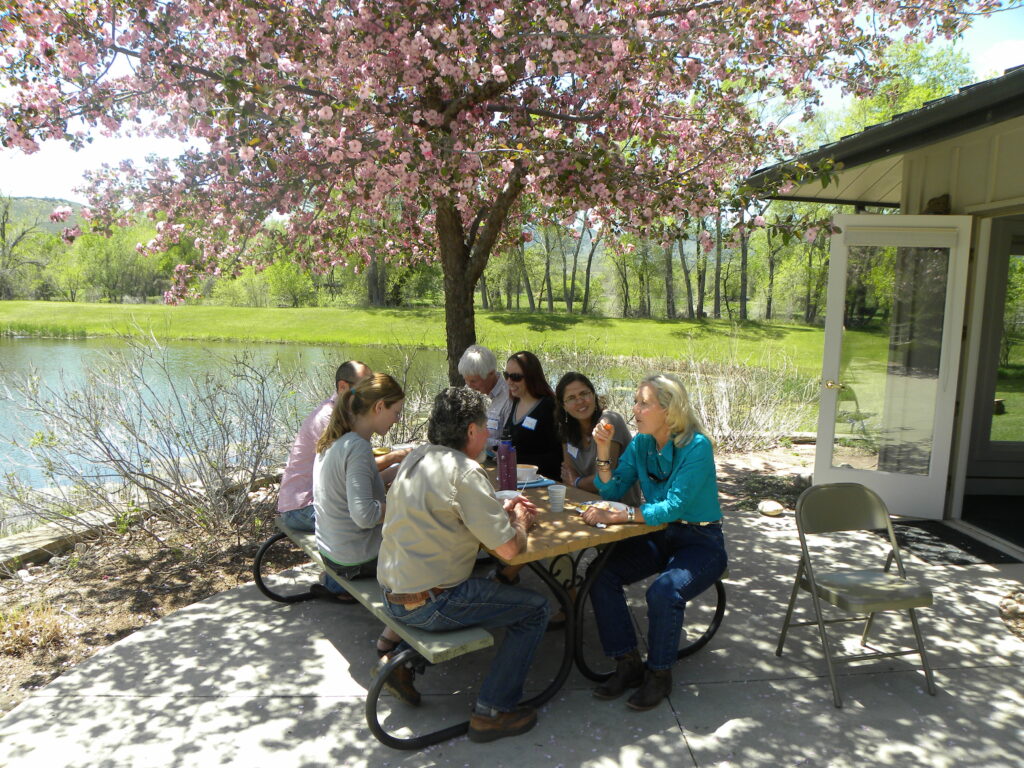
By Allison Brody, CCC Associate Director of Learning
8/18/2022
Partnerscapes surveyed 87 collaboratives throughout the western US in 2020 to find out what these collaboratives were accomplishing, how they evaluate their progress, and some of the challenges and opportunities they face. Like others (e.g., Wilkens et al 2021), they were able to tease out some themes common to successful collaboratives, including that individual collaboratives tend to address multiple conservation issues, engage a range of stakeholder perspectives, create shared goals, pool resources, create foundational relationships, and they achieve on-the-ground success relatively quickly. They also consider how to share knowledge and information, ensuring the science is relevant, credible, and accessible.

Each of these qualities seem to exactly describe the Eagle County Community Wildlife Roundtable, which Kimberly Langmaid, CCC Fellow Cohort 4, helped to establish. Kim, by the way, is currently the mayor of Vail. The Community Wildlife Roundtable brings together local elected officials, federal land managers, and user groups to tackle issues – primarily wildlife-human conflicts in Eagle County. The group carefully navigated collaborative processes to develop an action plan that balances competing interests.
One of their projects is a tool that shares information in useful and interesting ways. The Wildlife Interaction Map presents wildlife data visually so that users can see what impacts look like. It is a tool used by a variety of stakeholders, including policy-makers, who can use the information to make pro-active decisions. You can learn more about the Map in this interview by KDNK 88 Community Radio.

As many of us have experienced, the work required to create successful collaboratives is also incredibly challenging to do, and often requires particular skills. Dr. Becky Thomas, CCC Fellow Cohort 4, asked what it would take to improve the capacity of federal land management agencies, such as BLM, to help their staff do the work of collaborative conservation. She and her co-author developed “a descriptive typology of BLM Field Manager collaborators based on individual characteristics related to orientation toward collaboration” (Burkardt, N and R.E.W. Thomas, 2022). In so doing, they were able to identify some relevant skills, including “an ability to create space within the agency’s mission to achieve goals, a focus on both relational and substantive outcomes, a positive attitude or perspective toward collaboration, intentionality about professional development and growth, active facilitation of professional development of others through coaching and mentoring, and an approach to listening and communication that values humility, empathy, and transparency.”
By developing an approach for “understanding how collaborative capacity expresses itself at the individual level,” the authors add to our understanding of what it takes to be successful at collaborative conservation.

